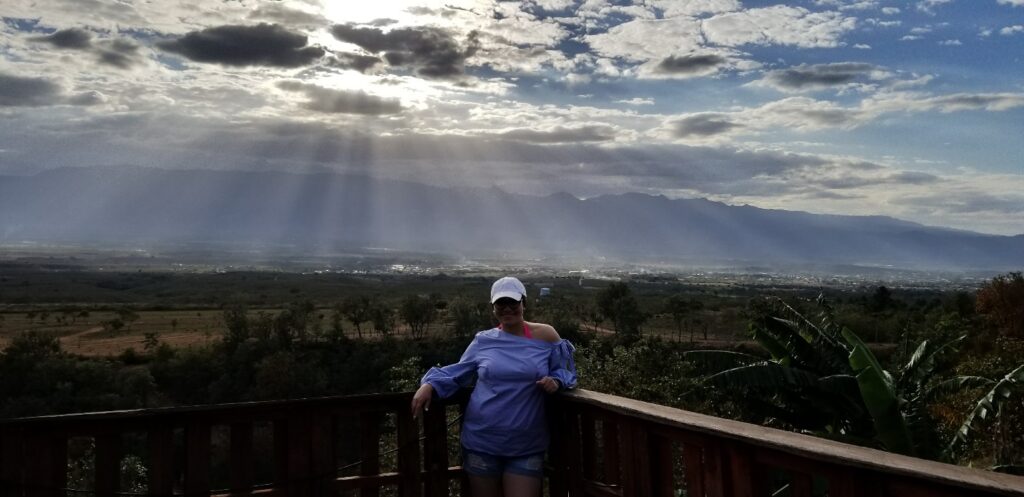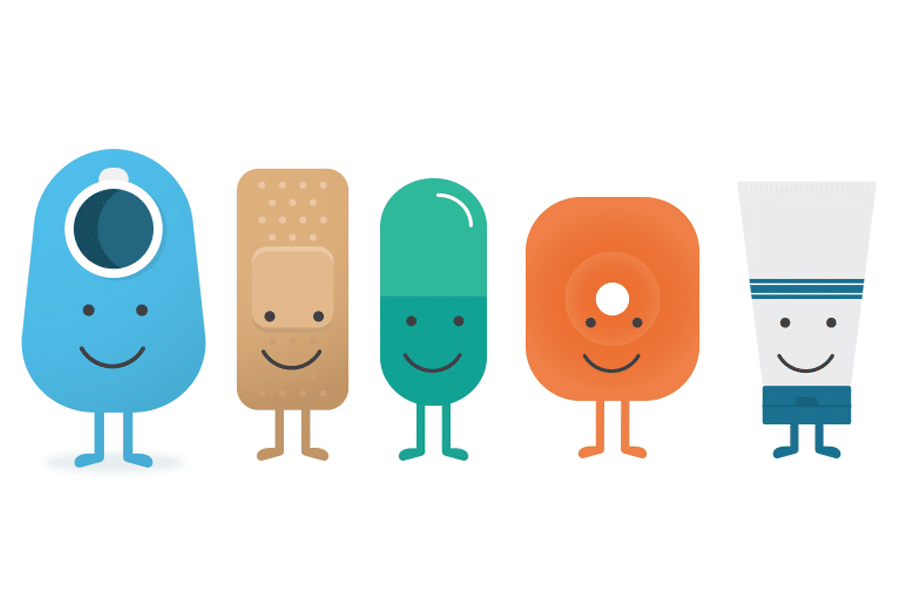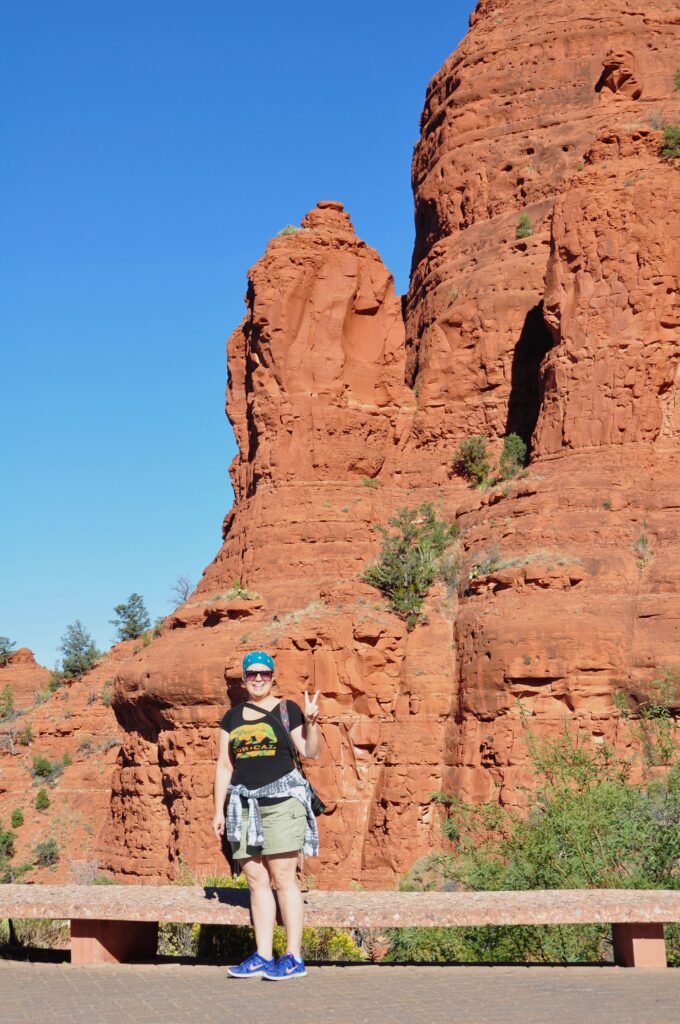Honduras is a beautiful, tropical country located in the center of Central America. Honduras boasts of beautiful beaches, forests, mountains and people. I love living in Honduras, just going anywhere and being able to see the mountain ranges and the skies are worth it.

Nevertheless, statistics show that 991 women are diagnosed with cervical cancer each year in Honduras. Cervical cancer is the first cause of death in women next to breast cancer. Fortunately, in 2016, the Honduran government approved the HPV vaccine for girls. Private medical facilities provide the vaccine for the rest of the population.
When I was diagnosed with cervical cancer, I did not know anything about it. I was the first person that I knew that had this type of cancer. After cervical treatment I developed a rectovaginal fistula. One more thing I did not know existed. To help me heal or have a better quality of life, my following treatment was getting a temporary colostomy. Another first in my life. I knew little about ostomies; I met a person who had an ostomy but he never spoke of it.
A colostomy is an opening in the large intestine bringing the end of the colon through an incision to the abdominal wall. That was the first thing I learned about a colostomy. My doctor was extremely helpful in giving me materials and support, but I felt so lost. I went online to look for information or anyone in Honduras with a colostomy. I did not find a person to talk to about it. Google and other websites were my go-to for information and tips.
When surgery came and I had to order my ostomy bags, I had no idea what I was doing. I called hospitals in my country and they said we have this type and that is it. So, I ordered from Amazon, and bought what I thought might be helpful and easier for me to accept (I was in denial of my ostomy up to the day after my surgery when I felt the relief).

Buying supplies in Honduras is not easy, in fact you call medical suppliers and they do not know what you are asking them for. I’ve only found one supplier that understands ostomies but does not provide the specific brand I use. The brand I use in not available in Honduras. I am very adamant about my ostomy supplies; I want to be comfortable and feel safe. It took me a year to find the perfect match with my stoma and my colostomy bag. I buy online in the U.S. and have it sent to me via a courier service. On a regular basis it takes three weeks for me to get supplies to my house. I always plan ahead and have enough supplies for two months at any given time.
When COVID-19 made its way to us, Honduras was not ready for anything that came after March. Everything just seemed to be chaos as our country started closing up. With that being said, when quarantine came, I had just received a shipment of my supplies and in mid-April I ordered more, the usual amount, I wasn’t worried, I had stocked up. Then June came and I only had supplies for the first week and no news of my order. Countless emails and calls, and I still had not received anything. I ordered more, just in case, hoping this new order would get here sooner. I called and asked countless times for my orders. First, they got to my courier late, then customs took months in letting them through. I hated listening to this response repeatedly: “Your package is here in Honduras, it’s in Customs, and it has not been released yet.” I was lucky that a medical supplier here had supplies, but since they are not what worked best I went through them quickly. It took my ostomy bags four months to get here, and the order came incomplete. I am still waiting for the next shipment and completion of the first.
Anxiety hit me hard in June and July. I was so mad that this was happening. I woke up one day crying, because the bags I was using were causing an allergic reaction to my skin. That same day, as I was moping all over the place and making everyone miserable, I remembered that I was still here. Even though this was awful and infuriating, I was still here. I allowed myself to grovel for one day, let it out, release. The next day I took a long bagless shower, and placed a new bag on, and even though the rash was still there, I was going to go through it and wait for my supplies to get here, I had to be positive. When they finally did get here, I cried again (blame it on the menopause). It was like opening a birthday present!

Being an ostomate in a country where it is considered a taboo and there is little information and supplies, is awfully hard. I am incredibly lucky that I have a good relationship with my doctors, and when I have issues, I can text them and they’ll get back to me quickly. Having this support is extremely helpful. But sometimes you need support from someone who understands physically and emotionally what you are going through. It took me a little over a year to meet Hondurans with ostomies. Just knowing that there are people out there with an ostomy and that you are not alone is helpful. I have not personally met them but being open to share your story helps others open to share theirs. Using social media helps a whole bunch.
My ostomy came to me due to cervical cancer treatment. I’ve named my stoma Jeepers, because he creeped up on me. I am a proud ostomate, I’ve learned to accept my ostomy and to talk about it openly. It should not be a taboo or something someone cannot discuss.

Karla Chavez is from Honduras and she is a civil engineer and amigurumi enthusiast. Karla is a 3-year cervical and thyroid cancer survivor and a proud ostomate. She is a Cervivor Ambassador, a 2019 Cervivor School graduate and is a key support to our growing Cervivor Espanol community.


